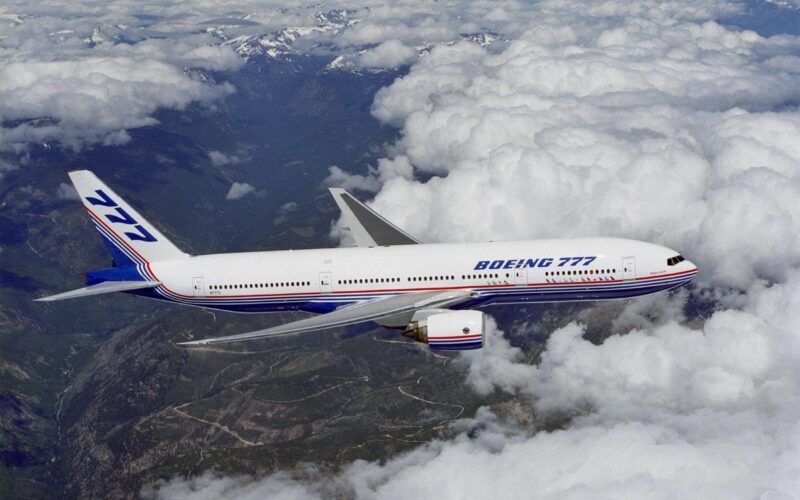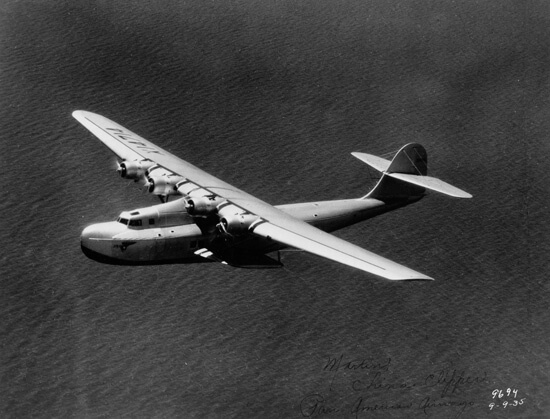Flying has come a long way since the first scheduled passenger flight. On New Year’s Day in 1914, the Benoist Airboat Model XIV took off from St. Petersburg and flew the short distance of approximately 21 miles to Tampa, Florida. The flight carried a single passenger and paved the way for flying as we know it today.
Fast forward 90 years to June 28, 2004, when Singapore Airlines (SIA1) (SINGY) launched the first scheduled passenger flight to cover a ground distance of more than 10,000 miles.
At their launch, SQ21 and SQ22 were the two longest non-stop flights in the world flying between Newark, New York, and Singapore.
The flights used the Airbus A340-500, capable of flying up to 10,358 miles with a flight duration of up to 18 hours.
History of long-haul
Through the 1930s, flying boats such as the Martin M-130 and Boeing Clipper propelled long-haul flying. Capable of landing on water, the huge aircraft could fly to destinations without needing significant airport infrastructure in place. Pan American Airways flew both the first transatlantic and transpacific flights that covered distances of more than 2,000 miles.
Martin 130 Clipper. Image: SDASM Archives, Public Domain
The limits of long-haul flying were pushed further during the Second World War period when, following the fall of Singapore in 1942, the RAAF and Qantas began operating between Perth, Australia and RAF Koggala in Sri Lanka – now SLAF Koggala – carrying essential mail and up to three passengers.
The non-stop 4000-mile flight was timed to cross overhead Japanese territory during darkness, and with a flight time between 27 and 33 hours, those onboard observed two sunrises, leading to the name ‘Double Sunrise’.
Towards the end of the war the Qantas service became known as the Kangaroo route and marked the first appearance of the now-famous kangaroo logo featured on Qantas’ aircraft. To this day, the ‘Double Sunrise’ flights remain the longest commercial flights in history by duration.
By 1952, the first commercial use of the jet stream had begun by Pan Am, flying from Tokyo to Honolulu, cutting the flight time by over one third. Today, the jet stream is used for both flight time and fuel savings.
With the arrival of jet aircraft such as the Boeing 707 and 747, aviation began connecting more cities and continents with non-stop flights, setting new records for both distances and flight times. In 1959, for the first time ever, more people travelled across the Atlantic Ocean by air than by sea.
As aircraft and engines became more reliable, long-haul travel was made more economical for airlines through ETOPS – Extended-range Twin-engine Operations Performance Standards.
Aircraft are issued ETOPS ratings ranging from 90 to 370 minutes based on an aircraft’s performance in the event of an engine failure over water or remote areas of land.
A rating of 90 minutes for example, means the aircraft must remain within 90 minutes of a suitable diversion airfield at full payload and single engine flying speed.
Previously, only three or four engined aircraft were permitted to fly remote routes owing to the redundancy of multiple engines whereas twin-engined aircraft had to fly longer distances to keep within range of suitable diversion airfields.
In 1977, the Airbus A300 became the first twin-engine ETOPS aircraft and in the 1990s the Boeing 777 was granted a 180-minute ETOPS, which covers 95% of the world’s surface. The Airbus A350 currently has an ETOPS rating of 370 minutes, enough to cover 99.7% of the entire world’s surface.
On March 15, 2020, during the COVID-19 pandemic, Air Tahiti Nui broke the record for the longest scheduled flight when it flew non-stop between Papeete, the capital city of French Polynesia, and Paris using a Boeing 787 aircraft. The flight covered 9,765 miles in 16 hours and 20 minutes, setting a new record for both longest flight and longest domestic flight.
Today, the world’s longest scheduled flight is still held by Singapore Airlines (SIA1) (SINGY) with its SQ23/24 flights between Singapore and JFK, NY operated by the Airbus A350-900URL. The route, which was launched in 2020, covers over 9,500 miles with a scheduled flight time of almost 19 hours.
Qantas has also committed to plans for its ‘Project Sunrise’, selecting 12 Airbus A350-1000 aircraft to operate direct flights between Australia and London, Paris, and New York by 2025. Currently, Qantas operates non-stop flights between Perth and London using the Boeing 787 Dreamliner.


